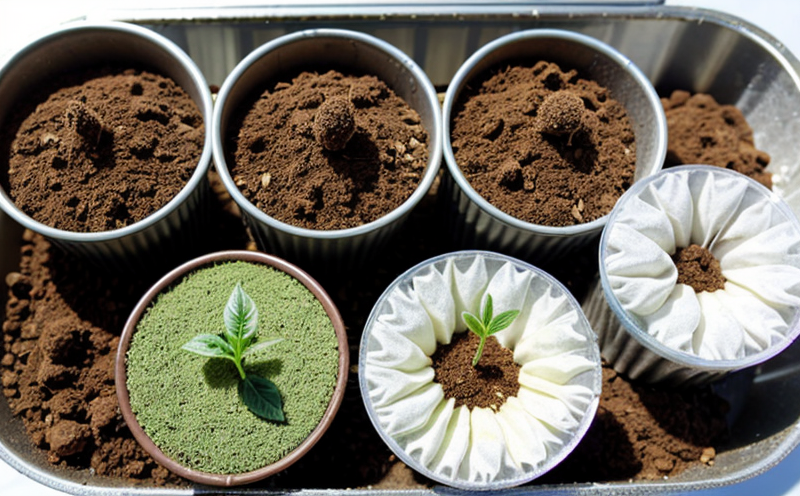Standard Germination Testing in Seeds
The standard germination testing of seeds is a critical process that ensures the viability and quality of agricultural inputs. This test measures the proportion of seeds that will likely grow into healthy plants when planted under specified conditions. It’s an essential tool for quality managers, compliance officers, R&D engineers, and procurement professionals in agriculture and forestry sectors.
Germination testing is pivotal not only to ensure that the seeds meet legal standards but also to optimize planting strategies and improve crop yields. By accurately assessing seed vigor, farmers can make informed decisions about when and how much of a particular variety should be planted. This translates directly into better resource allocation and enhanced productivity.
The standard germination test is typically conducted under controlled conditions that mimic those found in optimal field environments. These include temperature, humidity, light exposure, and soil moisture content. The test aims to predict the performance of seeds in real-world scenarios by subjecting them to these environmental factors in a laboratory setting.
In this testing process, seeds are placed on a moist substrate such as sand or paper towels within petri dishes or germination chambers. The dishes are then stored at specific temperatures and humidity levels for several days, during which time the number of seeds that begin to sprout is recorded. This count represents the percentage of viable seeds.
The standard germination test is a fundamental step in ensuring compliance with international standards such as ISO 3632-1:2018 and ASTM D4775, which provide guidelines on how to conduct these tests accurately. These standards ensure that all participants in the agricultural industry are using consistent methods for assessing seed viability.
Understanding the importance of this test is crucial for maintaining high-quality standards within the agriculture and forestry sectors. By conducting thorough germination testing, stakeholders can identify potential issues early on, allowing them to implement corrective measures before they impact broader operations or market reputation.
Applied Standards
| Standard | Description |
|---|---|
| ISO 3632-1:2018 | International standard for the determination of germination potential and vigor. |
| ASTM D4775 | American Society for Testing and Materials standard for seed testing methods. |
The use of these standards ensures consistency in methodology across different laboratories, which is crucial for accurate results. Compliance with such international guidelines helps ensure that the tests conducted are reliable and comparable worldwide.
Scope and Methodology
| Methodology Step | Description |
|---|---|
| Seed Preparation | Clean, dry seeds are selected for testing. |
| Sowing | Seeds are sown on a moist substrate in controlled conditions. |
| Monitoring | The germination process is monitored over several days. |
| Data Collection | Percentage of seeds that have begun to sprout is recorded. |
During the standard germination test, seeds are prepared by cleaning and drying them thoroughly. This step ensures that any external factors that could affect germination rates are minimized. Once prepared, they are sown onto a moist substrate such as sand or paper towels within petri dishes. The dishes are then placed in controlled environments where temperature, humidity, and light exposure can be precisely monitored.
The germination process is carefully observed over several days. During this time, the number of seeds that have begun to sprout is recorded daily. This data collection allows for accurate determination of the percentage of viable seeds. By following these steps meticulously, laboratories ensure that their results are reliable and consistent with international standards.
Why Choose This Test
- Ensures compliance with international standards such as ISO 3632-1:2018 and ASTM D4775.
- Predicts the performance of seeds in real-world scenarios, aiding informed planting decisions.
- Identifies potential issues early on, allowing for corrective measures to be implemented promptly.
- Maintains high-quality standards within the agriculture and forestry sectors.
- Provides reliable and comparable results across different laboratories worldwide.
By choosing this test, stakeholders can ensure that they are using consistent methods for assessing seed viability. This consistency is vital in maintaining reputation and trust among consumers and industry partners.





